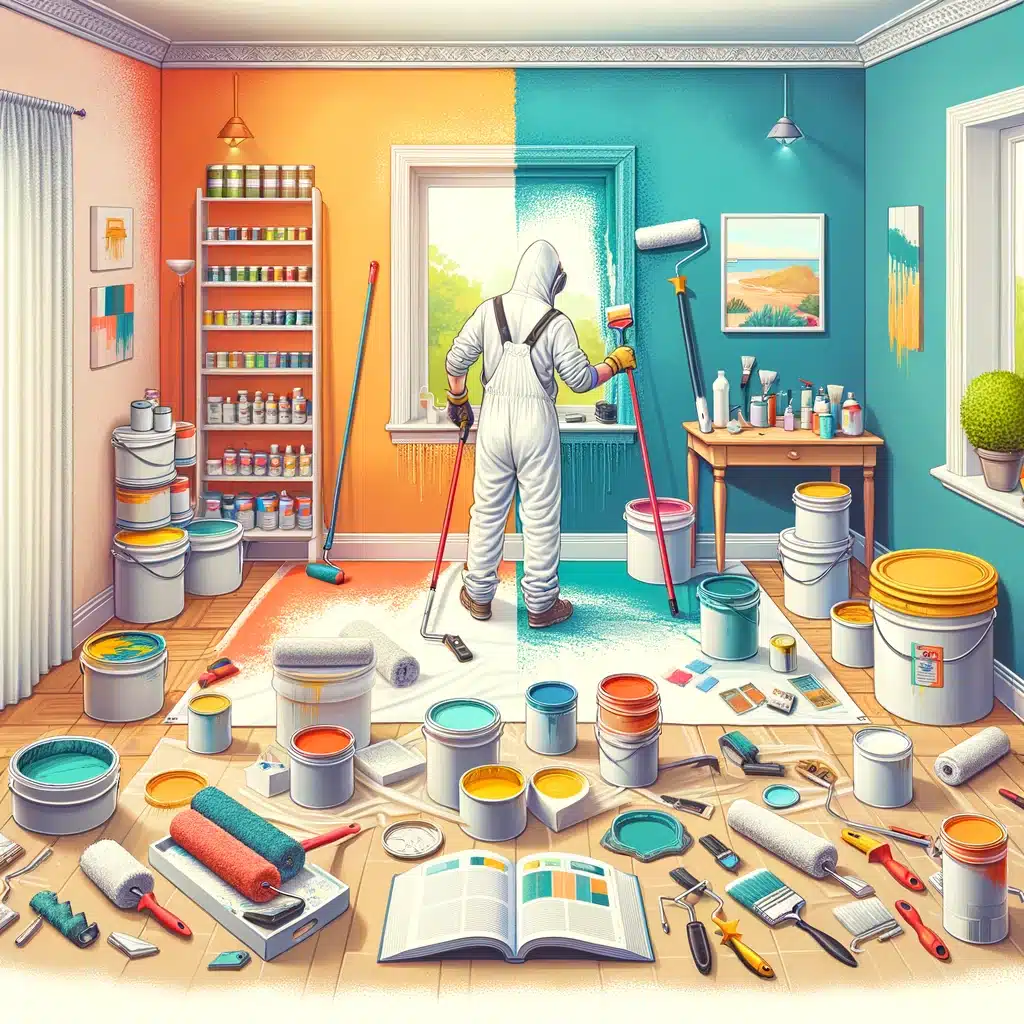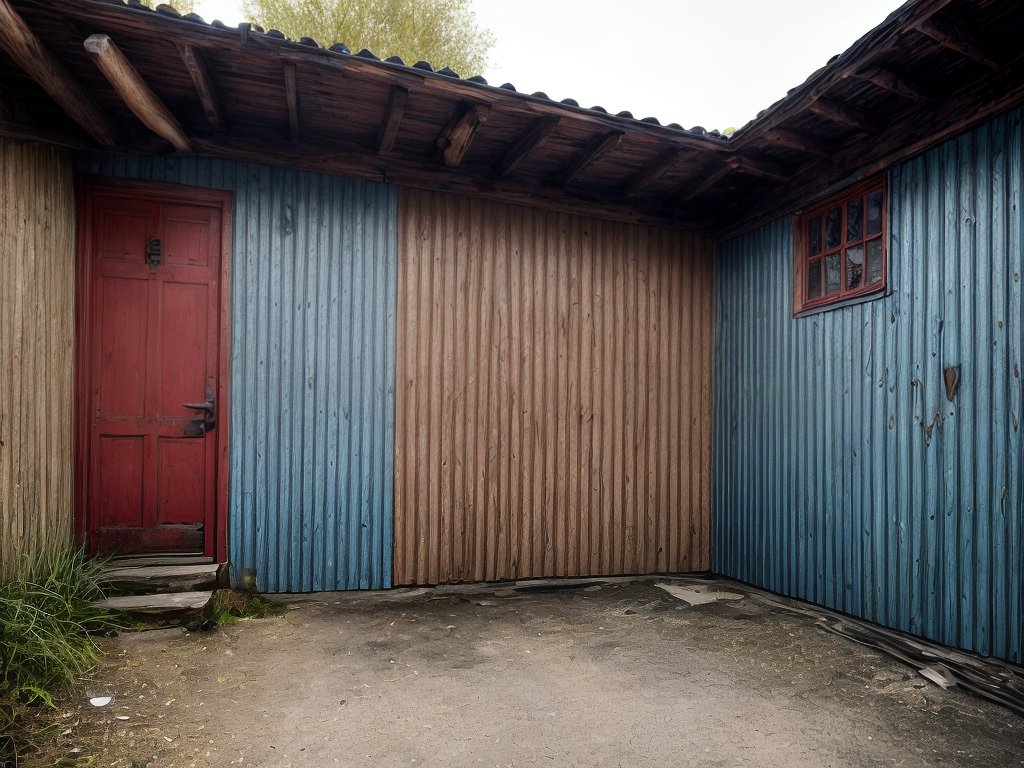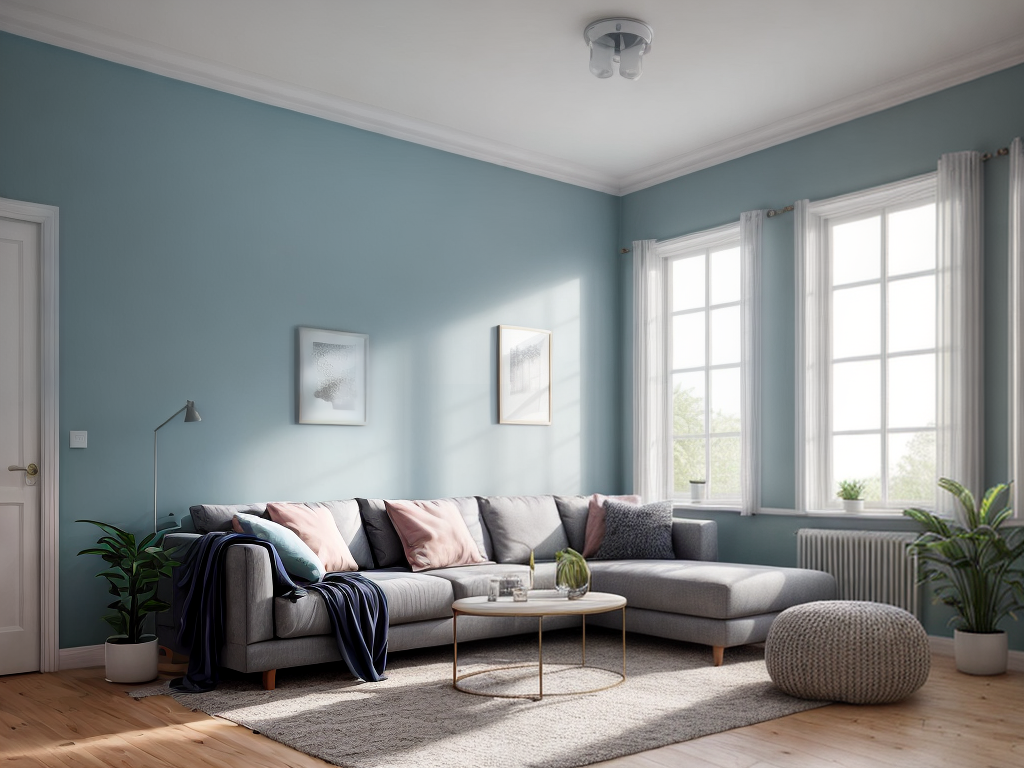Have you ever wondered if achieving perfect edges in your artwork is truly possible? Well, I’m here to tell you that it absolutely is! In this guide, “Brushwork Brilliance: Achieving Perfect Edges,” we will explore the secrets to creating flawless edges in your paintings. From understanding the importance of brush selection and mastering the art of angling, to harnessing the power of layering and exploring different brushwork techniques, we will cover it all. Additionally, we’ll delve into troubleshooting common edge issues and learn how to enhance edges with dry brushing. So, if you’re ready to take your artwork to the next level and achieve that professional touch, let’s dive in and unlock the brilliance of brushwork together!
The Importance of Brush Selection
Choosing the right brush is essential for achieving flawless edges. When it comes to brushwork, selecting the appropriate brush can make all the difference in the outcome of your painting. Not only should you consider the size and shape of the brush, but also its quality and bristle type. Proper brush care is crucial to maintain its performance and longevity. Cleaning your brushes thoroughly after each use and storing them properly will ensure they stay in top condition. Additionally, mastering various brushstroke techniques is essential for achieving different effects in your artwork. Whether it’s blending, glazing, or creating texture, understanding how to manipulate your brush is key. With the right brush and proper techniques, you’ll be able to achieve stunning and precise edges in your paintings.
Understanding Pressure and Its Impact
To achieve perfect edges in your artwork, it is crucial to have a thorough understanding of how pressure impacts your brushwork. Understanding brush pressure is essential for achieving smooth transitions in your artwork. By varying the amount of pressure you apply to the brush, you can control the thickness and opacity of the paint on the canvas. Applying more pressure will result in a thicker application of paint, creating bold and defined edges. On the other hand, using lighter pressure will create softer and more delicate edges. It is important to experiment with different pressures to find the right balance for each brushstroke. This skill allows you to create seamless transitions between different areas of your artwork, enhancing its overall visual impact.
Mastering the Art of Angling
How can I effectively master the art of angling to achieve perfect edges in my brushwork? Perfecting brush control and achieving clean lines are essential skills to develop. Angling refers to the technique of holding the brush at an angle to create precise and defined edges in your artwork. To master this technique, it is important to practice and experiment with different brush angles. By adjusting the angle of the brush to the surface, you can create thin, delicate lines or bold, thick strokes. Additionally, maintaining a steady hand and applying consistent pressure while angling the brush will help you achieve clean and crisp edges. With patience and practice, you can master the art of angling and elevate your brushwork to new levels of brilliance.
Creating Smooth Transitions
Creating smooth transitions in your artwork is essential for achieving a polished and professional look. Blending colors seamlessly allows for a gradual shift in tones and creates a sense of depth and realism. Additionally, softening harsh brushstrokes helps to create a more cohesive and smooth overall appearance in your painting.
Blending Color Seamlessly
Achieving seamless color blending is an essential skill for creating perfectly smooth transitions in brushwork brilliance. To achieve this, various blending techniques can be employed, with gradient blending being one of the most effective methods. Gradient blending involves seamlessly transitioning from one color to another by gradually blending them together. This technique requires careful control of brushstrokes and color application. By gradually layering and blending colors, artists can create a sense of depth and dimension in their artwork. The key to successful blending lies in the ability to seamlessly merge colors without any visible lines or abrupt changes. With practice and attention to detail, artists can master the art of blending colors seamlessly, enhancing the overall quality and realism of their brushwork.
Softening Harsh Brushstrokes
To achieve smooth transitions and soften harsh brushstrokes, I rely on the careful application of a compound preposition. Blending techniques play a crucial role in achieving this desired effect. One effective technique is using feathering strokes to create a gradual transition between colors or values. By lightly dragging the brush across the surface, I can blend the edges of brushstrokes, creating a seamless and smooth transition. This technique requires a delicate touch and a keen eye for detail. It is important to blend the colors gradually, making sure not to overwork the area and lose the texture of the paint. With practice and patience, mastering these blending techniques can greatly enhance the overall quality of my artwork.
Harnessing the Power of Layering
Layering is a key technique that allows me to enhance the precision and depth of my brushwork, resulting in perfect edges. When it comes to creating realistic texture, layering techniques play a crucial role. By applying multiple thin layers of paint, I can build up the texture gradually, mimicking the subtle variations found in natural surfaces. This method allows me to achieve a more realistic and detailed representation of the subject matter. Additionally, layering also helps me achieve depth in my paintings. By strategically layering different colors and tones, I can create the illusion of distance and dimension, making my artwork more visually captivating. The careful application of layers adds complexity and richness to my brushwork, enhancing the overall quality of my paintings.
Exploring Different Brushwork Techniques
One technique I frequently employ to achieve perfect edges is experimenting with different brushstroke techniques. By varying the way I apply the paint with my brush, I can create a range of textures and finishes that add depth and interest to my artwork. For example, using short, choppy strokes can create a rough and textured finish, perfect for depicting the roughness of tree bark or the texture of a stone wall. On the other hand, long, smooth brushstrokes can create a more fluid and blended effect, ideal for capturing the softness of a flowing river or the gentle curve of a petal. By exploring and mastering different brushwork techniques, I am able to achieve the perfect edges and achieve the desired textured finish in my paintings.
Enhancing Edges With Dry Brushing
When it comes to enhancing edges, one technique that stands out is dry brushing. With this method, I can achieve sharp and defined edges that add depth and dimension to my artwork. Dry brushing allows me to create texture and highlights, bringing my paintings to life.
Dry Brush Technique
To achieve enhanced edges, I often employ a dry brush technique. This technique involves using a brush that is slightly damp but not wet, allowing me to explore texture and add highlights to my artwork. By using a dry brush, I can create a variety of effects and enhance the edges of my subjects. The dry brush technique is especially useful when I want to create a more textured and rough appearance, as it allows me to add depth and dimension to the edges. With quick, short strokes, I can create highlights and bring attention to specific areas, making them stand out and adding a sense of realism to my artwork. Overall, the dry brush technique is a valuable tool in achieving perfect edges and enhancing the overall quality of my artwork.
Sharp, Defined Edges
To achieve sharp, defined edges, I utilize the dry brushing technique with a slightly damp brush to enhance the texture and add highlights to my artwork. Dry brushing is one of the most effective painting techniques for achieving precision in edge work. By using a brush with minimal paint and a light touch, I can create crisp lines and distinct boundaries between different elements in my painting. The dry brush technique allows me to control the amount of paint that is applied to the surface, resulting in sharp edges that enhance the overall composition. This technique is particularly useful when working on detailed subjects or when I want to emphasize specific areas in my artwork. With dry brushing, I can achieve the perfect balance between defined edges and soft transitions, adding depth and dimension to my paintings.
Adding Depth and Dimension
Continuing with my preferred technique of dry brushing for achieving sharp, defined edges, I frequently enhance the depth and dimension of my artwork through this method. Dry brushing allows me to add highlights and create texture, bringing my paintings to life. By lightly dragging a dry brush over raised areas, I can emphasize the contours and give them a three-dimensional feel. This technique is particularly effective when painting landscapes, as it helps to showcase the different layers and depths of the scenery. The dry brush strokes create a sense of depth and distance, making the viewer feel as though they are stepping into the painting. Through the combination of dry brushing and careful color selection, I am able to achieve a more dynamic and realistic representation of my subjects.
Troubleshooting Common Edge Issues
In my experience, addressing common edge issues can greatly enhance the overall quality of brushwork. Two of the most common issues that arise are brush shedding and paint streaks. To troubleshoot brush shedding, it is important to invest in high-quality brushes and properly care for them. Regularly clean and condition your brushes, and avoid using them with harsh solvents that can damage the bristles. Additionally, inspect your brushes before each use to ensure there are no loose or damaged bristles that could shed during painting. To prevent paint streaks, it is crucial to use the right amount of paint on your brush and apply it in thin, even layers. Avoid overloading your brush with paint, as this can lead to streaks and uneven coverage. Practice controlled and steady brushstrokes to achieve smooth and flawless edges.
Conclusion
So there you have it, folks! After reading this article, you are now a certified brushwork genius. With the right brush selection, perfect pressure, and impeccable angling, you will be creating edges so sharp they could cut glass. Smooth transitions and layering will be your secret weapons, while different brushwork techniques will be your artistic arsenal. And if all else fails, just grab a dry brush and start magically enhancing those edges. Good luck, Michelangelo!




